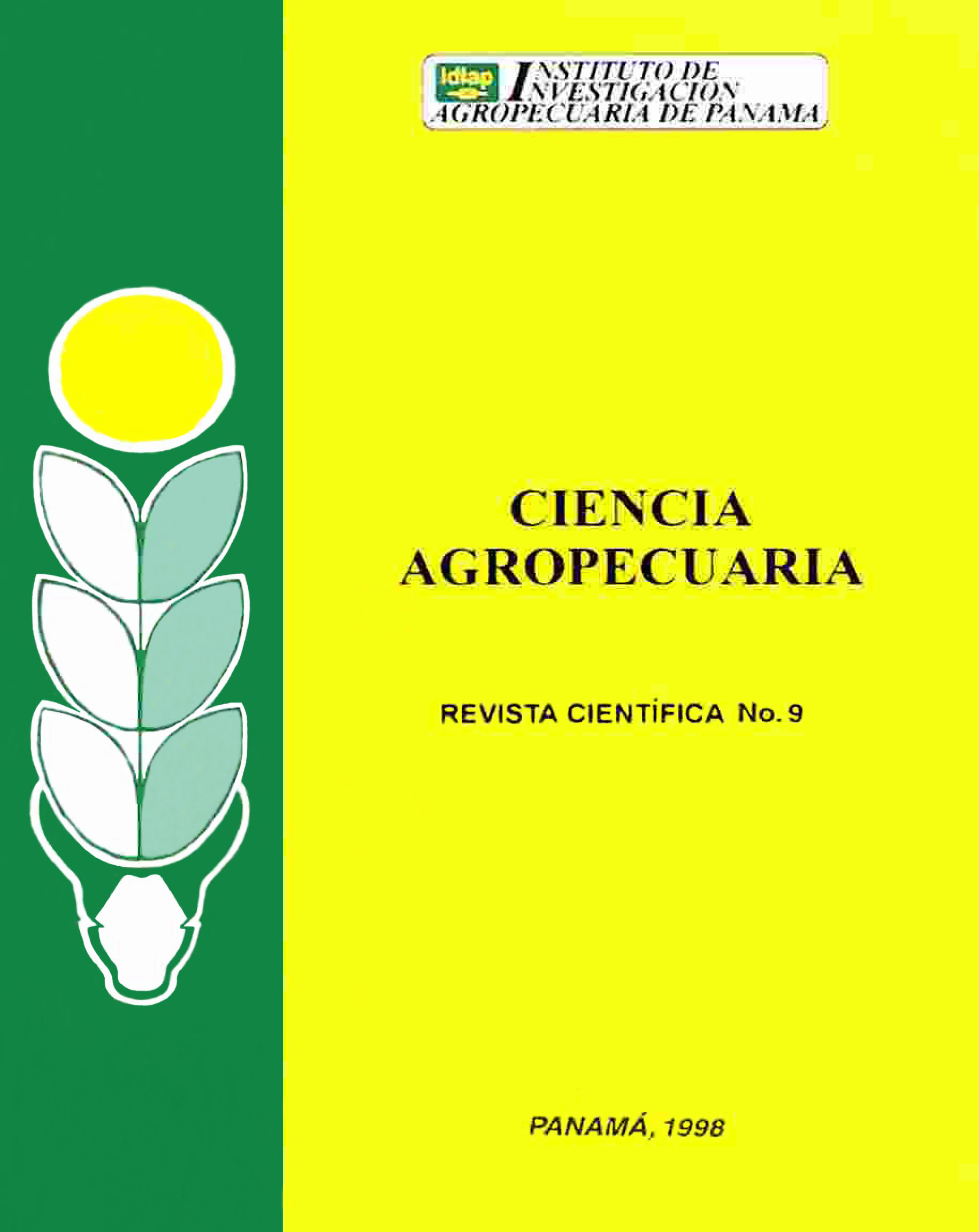COMPARISON OF TWO MATHEMATICAL MODELS TO DESCRIBE LACTATION CURVES OF DUAL PURPOSE COWS.
Abstract
Two mathematical models were evaluated to describe the lactation curve of dual purpose cows. Data set came from farms localized in five ecosystem (E) and were monitored under two technological levels (NT): Traditional Level (ST) and Improved Level (SM). Animals were grouped in three breed groups (GR): CCR (Zebu), <50%E (Holstein or Brown Swiss blood proportion equal or less than 50%) and >50%E (Holstein or Brown Swiss blood proportion higher than 50%). Mathematical models were: Wood (1967) gamma function or model W and Jenkis and Ferrell (1984) empiric function or model JF. An analysis of variance was performed to evaluate the efects of E, NT and GR. Time at Peak Lactation (TPL), Milk Yield at Peak Lactation (PLPL) and Total Milk Yield (PTL) were estimated for each cow. The effect of E was at (P<0.01) on a and k parameters of model JF, but at (P<0.05) on a parameter of model W. GR was significant (P<0.05) on b parameter of model JF. NT was highly significant over all parameters of model W, but was significant (P<0.05) on a parameter of model JF. More than 90% of the lactations had R2 >0.75 with model JF. Model JF predicted higher values for PTL and TPL, while PLPL was higher with model W. For dual purpose sistems and according with cow management, model JF presents higher advantages because estimates missing observations and estimates a PTL very similar to the reality.
Downloads
Esta obra está bajo una licencia de Creative Commons Reconocimiento-NoComercial-CompartirIgual 4.0 Internacional.





